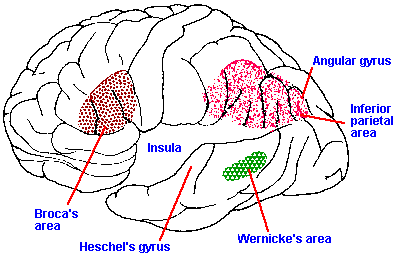Part 1: "History of the
Anthropoid: The Search for the Beginning"
(47 min., 1997,
VC 3641, pt. 1)
"Part 1: Dr. Friedemann Schrenk searches for
hominid fossils with famed paleoanthropologist Meave Leakey in
East Africa. At excavation sites in northern Tanzania, Leakey
discusses
four-million-years-old findings and traces their relationship
to previous findings-Lucy, an Australopithecus afarensis skull
found in Ethiopia; Nutcraker Skull, an Australopithecus boisei
found in East Africa; and the skull of Homo habilis discovered
in 1964. These and other skulls are analyzed within the context
of the major evolutionary theories."
Part
2: "Origins of Homo
Sapiens: East African Roots"
(47 min., 1997,
VC 3641, pt. 2)
"Part 2: Dr. Friedemann Schrenk, a German paleoanthropologist,
"travels to several cave sites in Africa, to the laboratory of
a South African paleoanthropologist who reveals information gathered
when South Africa was out of touch with the world scientific community,
and to the United States to study hominid remains."
Terms / Concepts / Features
- Australopithecus
- Transvaal -- region in South Africa
- breccia -- sediments pressed to stone and rich in fossils
- coproliths
- fossilized excrement
- these are rich in petrified bones
- hominid
- osteodontokeratic culture (bone-tooth-horn culture)
- bipedal locomotion
- parietal bone (part of the sides and top of the skull)
- prehensil foot
- "plasters" on the hand
- "sweet-water lake" = freshwater lake
- endocasts
- Wernicke's Area -- left posterior section of the cortex of the
brain
- Broca's area -- that part of the brain involved in language processing

- mandible (mandibular) -- lower jaw
Notes
With biped locomotion the pelvis changed from a "crane shape"
to a pan holding the body's weight
With Australopithecus africanus we don't find Broca's and
Wernicke's areas in the brain.
- But the brain is bigger than that of an ape.
How did the Taung child die?
- By a raptor?
("Eagles love primates, and it is well-known
for its primate eating habits. And we hominids are primates.")
Note the discussion of the relationship between the size of the
brain and the use of fire
Does short intestines and the use of fire yield "leftover
energy" for the brain to use?
- "In most mammals energy is made to operate the intestinal
tract."
- Because of the use of fire and with shorter intestines more
energy is available for the brain to work
The East African hominids were distributing themselves down the
Rift Valley, but the South African hominids were not distributing
themselves north
role of scavaging, includeing habits of hayenas, vultures, etc.
"Cause and effect in evolution often depend on coincidence."
"Ape man" tends to be a South African term
Cultures
Sites
- Africa
- Transvaal (area of South Africa) -- 2 - 3 mya
- Taung
- Sterkfontein
- Swartkrans
- Makapansgat -- 3.3 mya
- Kromdraai
- Gladysvale
- Gondolin
- Malawi (central East Africa, along the shores of Lake Paleau, "the
former Lake Malawi")
- Uraha
- Malema
- 5 Deutsche marks per day = twice the local going rate
of pay
Individuals
- Philip Tobias
- Raymond Dart
- "Killer Ape theory"
- "bloodthirsty cannibals"
- osteodontokeratic culture (bone-tooth-horn culture)
- Robert Brain
- Julie McGuire
- Ron Clark
- Lee Berger
- Peter Schmidt
- Friedemann Schrenk
- Tyson
- found UR 501 (from Uraha)
- Tim Bromage
- 2.5 mya hominid
- UR 501 (from Uraha)
- Homo rudolfensus
- Alan Hughes (1978 -- 3 boxes -- "Little Foot")
Publications / Bibliography
Question(s)
- Why are the bones from Makapansgaat black if not burned by fire?
- Why do bones become fossils at all? And in such number?
- Water and lime soak materials into the bone
|

